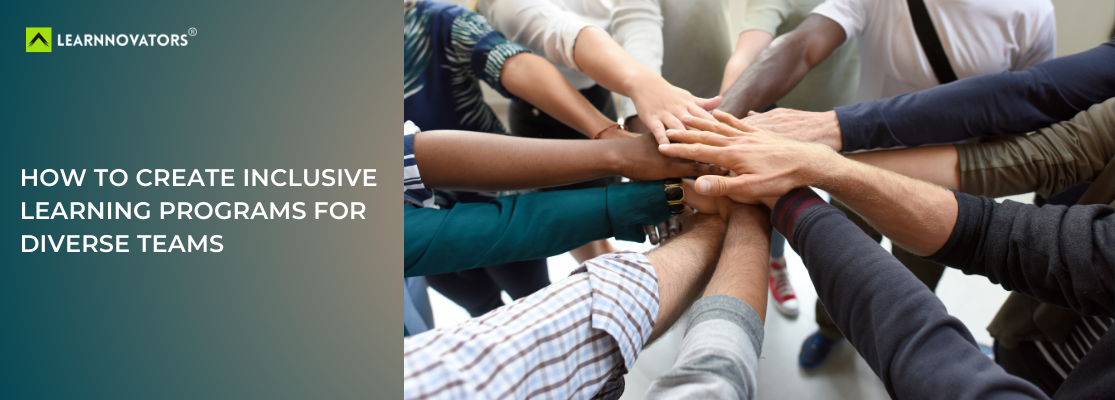Creating inclusive learning programs isn’t just about ticking boxes—it’s about designing meaningful opportunities that empower everyone to grow and thrive. A truly inclusive approach ensures that every team member, regardless of their background, abilities, or learning preferences, has equal access to development opportunities. Here’s how you can make it happen:
- Design for Flexibility
Offering content in multiple formats—such as videos, interactive modules, podcasts, and text-based materials—ensures that everyone can engage with the material in a way that suits them best. Additionally, providing options for self-paced learning alongside live sessions gives individuals the freedom to learn at their own speed. This flexibility not only enhances engagement but also ensures better retention and application of knowledge.
- Ensure Accessibility
A truly inclusive learning program removes barriers to access. This means incorporating features like subtitles, closed captions, and screen reader compatibility to support individuals with visual or hearing impairments. It also involves designing content with clear language, readable fonts, and color-contrast settings to improve accessibility for those with cognitive differences. Beyond technology, accessibility also means being mindful of learning schedules—offering flexible deadlines and asynchronous options for those in different time zones or with varying work commitments.
- Represent Diversity
Representation matters. When employees see their identities reflected in learning materials, they feel a greater sense of belonging and relevance. Use case studies, examples, and visuals that showcase a variety of cultures, genders, and perspectives. This can also mean including diverse voices in training sessions—inviting guest speakers from different backgrounds or sharing stories that highlight varied experiences. A diverse learning experience helps break unconscious biases and broadens perspectives, making the workplace more inclusive.
- Encourage Open Dialogue
Learning is most impactful when it is interactive and reflective. Creating safe spaces for open discussions allows employees to share their experiences, insights, and concerns without fear of judgment. Activities like group discussions, storytelling, and collaborative problem-solving exercises help teams learn from one another’s perspectives. Facilitators should also set the tone for respectful dialogue, ensuring that all voices are heard and valued. These conversations not only enrich learning but also strengthen team dynamics by fostering empathy and understanding.
- Measure and Adapt
Inclusivity is not a one-time effort—it’s an ongoing process. Continuously gathering feedback through surveys, discussion forums, and engagement analytics can help identify areas for improvement. Pay attention to participation rates and completion data to see if certain groups are facing barriers. Regularly updating content, incorporating new perspectives, and adapting learning approaches based on real-world feedback ensures that the program remains relevant and effective.
Inclusive learning programs go beyond knowledge-sharing; they create environments where employees feel valued, respected, and empowered to succeed. By embracing the diversity of your teams and implementing these strategies, you build a workplace culture that encourages collaboration, innovation, and growth for everyone.
Why Choose Learnnovators?
With over 20 years of experience, Learnnovators has earned its reputation as a preferred elearning vendor for leading enterprises around the world. We specialize in developing learner-centric and scalable custom elearning solutions that enhance employee performance, boost engagement, and align seamlessly with your strategic business goals. Whether you’re seeking to drive corporate training outcomes, or accelerate business growth, our innovative elearning solutions are crafted to maximize your return on investment and ensure sustainable success.
Write to us at elearning@learnnovators.com today to get started!






